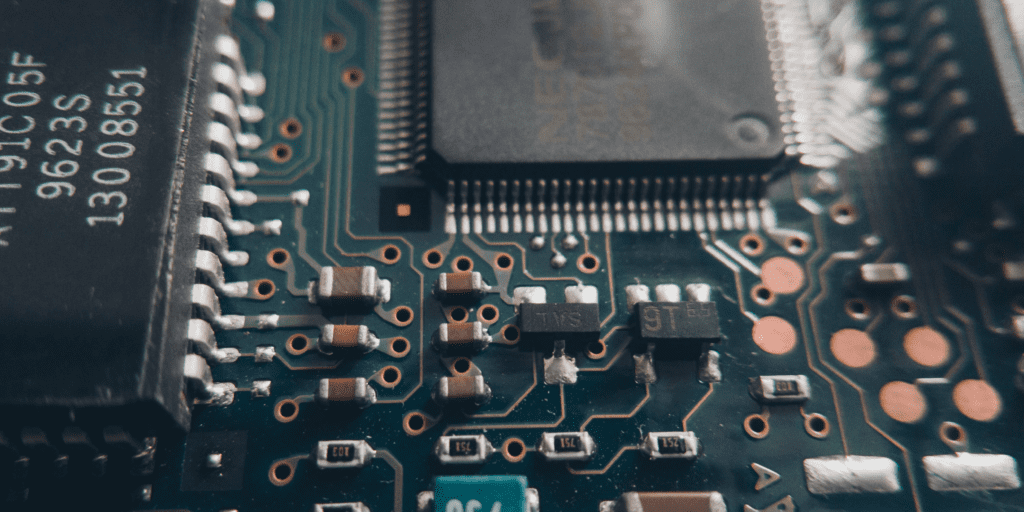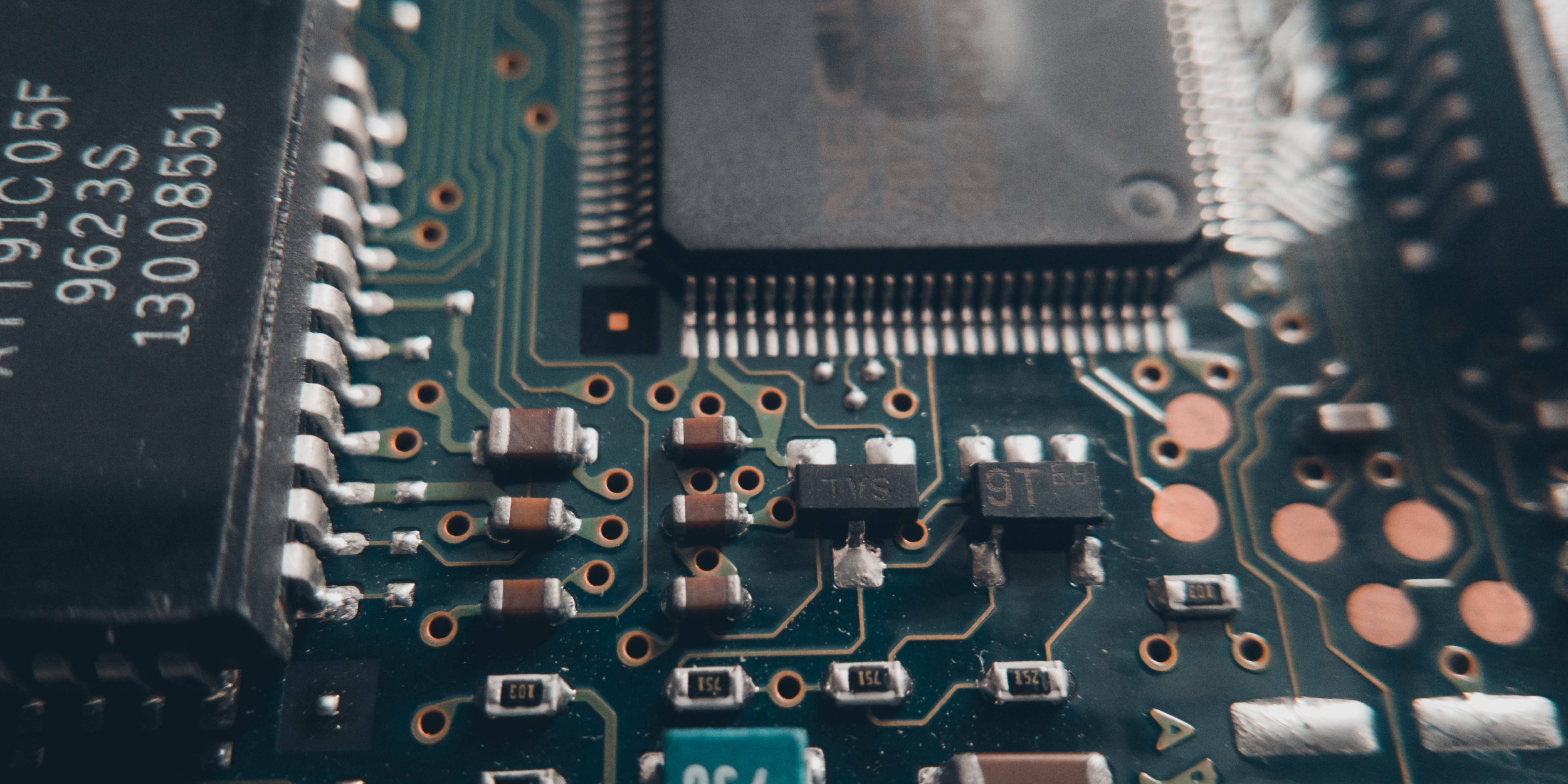Mint-Tek CEO Siobhán Ní Chofaigh shares her insight into design in 2022 and how Mint-Tek are approaching the component shortages.

What are the major challenges facing your customers in 2022?
The number one challenge is the global component shortage. De-risking the supply chain is on everybody’s lips. For our customers it is very difficult. Being at the beginning of a brilliant idea can often mean that they are often a little disconnected from the big factories.
This has been a result of a myriad of global issues over the past 3 years including production impacted by COVID-19, the Texas power crisis, a Japanese factory fire and an overall increase in consumers buying stuff. These issues and more came together to cause a huge component shortage that is still felt today.
So for example, if you’re designing something, right now, the chances are that a huge percentage of those components are not available. Or if they’re available, they’re, really, really expensive. If you are making a small quantity of a product, 10 for example, this may not be a big consideration. However, when orders raise to 10,000 units this will create a budget constraint.
Though, for example right now I am in conversation right now for 30 units of a device. 2 years ago they would be readily available and cost about €6 a few years ago and the best price we can get today is €150 per unit. And that priced increased by €50 in 2 weeks.
What would be your advice to these companies in face of the component shortage?
Well firstly, don’t stop innovating or designing. This challenge can be demotivating for senior design engineers. It is important to remember that while a large multinational may require production in a short time frame, typically new designs do not require such a long turnaround time and the current issues may not affect them. Although this challenge is frustrating, we predict that within two years the component issue will not have such a large effect on companies. The hope is that components production will be ramped up.
It is our mission to bring our customers’ designs to life – from mind to model. In the meantime, Mint-Tek designers currently are recycling and redesigning existing boards to put alternatives on them.

Why are manufacture-ready prototype designs important?
Prototypes are very important when presenting your product. Your prototype will help you to demonstrate the value of your innovation. Beyond the point that a considered design will allow you to get to market faster, it will also help you access funding. To access investment funding or internal buy-in, you will need to show the actual functional product as opposed to the idea of a product. While accessible design tools such as Arduino or Raspberry Pi are excellent for the initial ideation phase as you zone in on what your end product goals are, it is not typically investor ready. More often than not an investor will request to see a factory-ready prototype design. This is to mitigate their own risk.
As we said this can mean that hardware is hard, this also applies to funding it. But it doesn’t have to be, Mint-Tek can support you to have industry led and manufacture ready designs. These will give your investors a better idea of the costs and possible return on investment.
What are the benefits of designing and building your prototype with Mint-Tek?
Having years of experience in hardware and prototype design we have built an international network of designers and manufacturers. We also have access to technology subject experts such as embedded engineers, IOT designers, GUI & API developers and more. Bringing these together into a design power team, providing our customers access to a range of skills that suit almost every project they can conceive of! We operate in a lean approach to pull together teams as required and complete tasks. This approach is highly dynamic compared to what an internal design team could access.
Another thing to note is Mint-Tek’s relationships with trusted assembly houses across the world. We pass on that access to our customers, particularly vital as they face the component shortage. The trust we have built with these manufacturers gives us the ability to access the boards or components you require. The burden of risk is reduced as our partners are vetted and we have previously worked with them.
How has/is Mint-Tek evolving to address challenges and customer requirements?
We have become very creative in response to our customers’ challenges. Despite the impact the component shortage and subsequent price hikes have had on prototype design, we are rising to the challenge. One element of our process is the repurposing of existing boards. We have been advising our customers on more accessible components for their designs. Our designs and plans reflect this. We have made new additions to our team to focus on this challenge.
What design trends do you see?
IoT has become ubiquitous within design. One such way is within smart buildings, more and more sensors are gathering data and sending to for analysing. We are also seeing trends in consumer product design such as wearable health devices, remote health monitoring and the improvement in electric vehicle batteries.
What is upcoming for Mint-Tek?
We are investing heavily in R&D. In a major update, one of our responses to this is the upcoming launch of our own products. This will empower designers and innovators. It is our goal to reduce the barriers to prototype design through ready to implement components. We are striving to democratise hardware development by reducing the cost to make and test your design. Currently, the time and cost to build prototypes can create a barrier for ideas and design. We believe every idea deserves to be made and our eventual hope is to reduce the cost and time required by 50%. This is our first step towards this goal.


